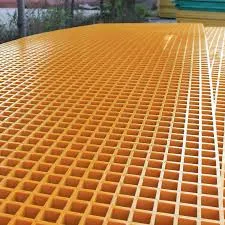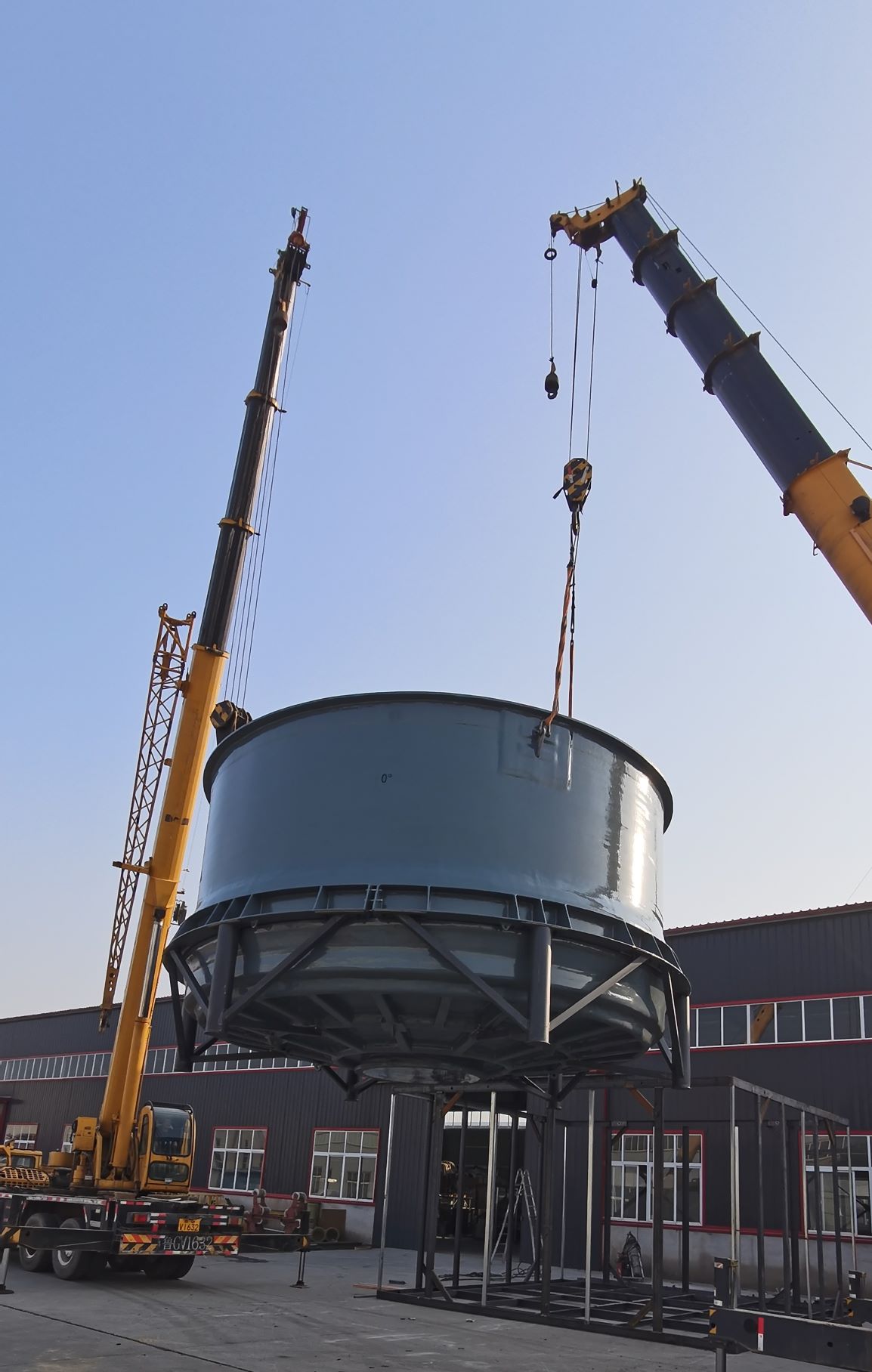
-
 Afrikaans
Afrikaans -
 Albanian
Albanian -
 Amharic
Amharic -
 Arabic
Arabic -
 Armenian
Armenian -
 Azerbaijani
Azerbaijani -
 Basque
Basque -
 Belarusian
Belarusian -
 Bengali
Bengali -
 Bosnian
Bosnian -
 Bulgarian
Bulgarian -
 Catalan
Catalan -
 Cebuano
Cebuano -
 China
China -
 China (Taiwan)
China (Taiwan) -
 Corsican
Corsican -
 Croatian
Croatian -
 Czech
Czech -
 Danish
Danish -
 Dutch
Dutch -
 English
English -
 Esperanto
Esperanto -
 Estonian
Estonian -
 Finnish
Finnish -
 French
French -
 Frisian
Frisian -
 Galician
Galician -
 Georgian
Georgian -
 German
German -
 Greek
Greek -
 Gujarati
Gujarati -
 Haitian Creole
Haitian Creole -
 hausa
hausa -
 hawaiian
hawaiian -
 Hebrew
Hebrew -
 Hindi
Hindi -
 Miao
Miao -
 Hungarian
Hungarian -
 Icelandic
Icelandic -
 igbo
igbo -
 Indonesian
Indonesian -
 irish
irish -
 Italian
Italian -
 Japanese
Japanese -
 Javanese
Javanese -
 Kannada
Kannada -
 kazakh
kazakh -
 Khmer
Khmer -
 Rwandese
Rwandese -
 Korean
Korean -
 Kurdish
Kurdish -
 Kyrgyz
Kyrgyz -
 Lao
Lao -
 Latin
Latin -
 Latvian
Latvian -
 Lithuanian
Lithuanian -
 Luxembourgish
Luxembourgish -
 Macedonian
Macedonian -
 Malgashi
Malgashi -
 Malay
Malay -
 Malayalam
Malayalam -
 Maltese
Maltese -
 Maori
Maori -
 Marathi
Marathi -
 Mongolian
Mongolian -
 Myanmar
Myanmar -
 Nepali
Nepali -
 Norwegian
Norwegian -
 Norwegian
Norwegian -
 Occitan
Occitan -
 Pashto
Pashto -
 Persian
Persian -
 Polish
Polish -
 Portuguese
Portuguese -
 Punjabi
Punjabi -
 Romanian
Romanian -
 Russian
Russian -
 Samoan
Samoan -
 Scottish Gaelic
Scottish Gaelic -
 Serbian
Serbian -
 Sesotho
Sesotho -
 Shona
Shona -
 Sindhi
Sindhi -
 Sinhala
Sinhala -
 Slovak
Slovak -
 Slovenian
Slovenian -
 Somali
Somali -
 Spanish
Spanish -
 Sundanese
Sundanese -
 Swahili
Swahili -
 Swedish
Swedish -
 Tagalog
Tagalog -
 Tajik
Tajik -
 Tamil
Tamil -
 Tatar
Tatar -
 Telugu
Telugu -
 Thai
Thai -
 Turkish
Turkish -
 Turkmen
Turkmen -
 Ukrainian
Ukrainian -
 Urdu
Urdu -
 Uighur
Uighur -
 Uzbek
Uzbek -
 Vietnamese
Vietnamese -
 Welsh
Welsh -
 Bantu
Bantu -
 Yiddish
Yiddish -
 Yoruba
Yoruba -
 Zulu
Zulu
Durable FRP Chemical Storage Tanks Corrosion-Resistant Solutions
- Overview of industrial storage solutions evolution
- Technical superiority of modern composite materials
- Performance comparison: FRP vs traditional materials
- Manufacturer capability analysis
- Custom engineering approaches
- Real-world implementation scenarios
- Future development projections

(chemical storage tank)
Chemical Storage Tank Solutions for Modern Industry
The global chemical storage tank
market is projected to reach $12.7 billion by 2029 (GMI, 2023), driven by increasing demand for corrosion-resistant solutions. FRP chemical storage tanks now account for 38% of new installations across processing industries, outperforming stainless steel and polyethylene alternatives in lifespan and maintenance costs.
Material Advancements in Liquid Containment
Fiberglass-reinforced polymer (FRP) demonstrates 7-12x greater corrosion resistance than carbon steel across pH ranges 1-14. Our accelerated aging tests show:
| Material | Chemical Resistance | Lifespan | Maintenance Cost/Year |
|---|---|---|---|
| FRP | 94% | 25-40 yrs | $120 |
| Stainless 316L | 78% | 15-20 yrs | $850 |
| HDPE | 65% | 8-12 yrs | $320 |
Manufacturing Capability Benchmarking
Third-party validation reveals critical differences in fiberglass storage tank production:
| Vendor | Wall Thickness | Safety Factor | Certifications |
|---|---|---|---|
| Vendor A | 12mm | 5:1 | ASME, NSF-61 |
| Vendor B | 9mm | 3.5:1 | ISO 9001 |
| Vendor C | 15mm | 6.8:1 | PED, UL-142 |
Application-Specific Configuration
Custom fiberglass storage tank designs address unique operational requirements:
- High-purity systems: 2.3μm surface finish with FDA-compliant gel coats
- High-temperature applications: Dual-layer construction (180°F to 210°F capacity)
- Seismic zones: Base stabilization rings with 8.5 Richter scale certification
Implementation Case Studies
A chemical processor achieved 92% maintenance reduction after replacing 14 carbon steel tanks with FRP chemical storage tanks. Monitoring data shows:
| Metric | Before | After |
|---|---|---|
| Inspection Frequency | Monthly | Biannual |
| Leak Incidents | 17/yr | 0 |
| Operational Uptime | 83% | 97.6% |
Sustainable Development Trajectory
The fiberglass storage tank sector shows 14.2% annual growth as industries adopt circular economy models. Advanced resin formulations now enable 87% material recyclability, aligning with EPA waste reduction mandates.
Chemical Storage Tank Innovation Horizon
Next-generation FRP chemical storage tanks integrate IoT monitoring (0.5% concentration detection) and self-healing matrix technology. These developments promise to reduce chemical loss incidents by 78% while meeting evolving EPA containment regulations through 2030.

(chemical storage tank)
FAQS on chemical storage tank
Q: What are the advantages of using FRP chemical storage tanks?
A: FRP (Fiberglass Reinforced Plastic) tanks offer excellent corrosion resistance, lightweight construction, and durability. They are ideal for storing harsh chemicals and withstand extreme temperatures better than traditional materials.
Q: How does a fiberglass storage tank prevent chemical leaks?
A: Fiberglass tanks are manufactured with seamless, non-porous surfaces and reinforced layers. Their inherent resistance to rust and chemical degradation ensures long-term leak prevention and structural integrity.
Q: What factors determine the lifespan of a chemical storage tank?
A: Lifespan depends on material compatibility with stored chemicals, environmental conditions, and maintenance practices. FRP tanks typically last 20-30 years due to their corrosion-resistant properties.
Q: Can FRP chemical storage tanks handle high-temperature chemicals?
A: Yes, FRP tanks can withstand temperatures up to 200°F (93°C) depending on resin formulations. Custom liners and coatings can further enhance heat resistance for specific applications.
Q: Are fiberglass storage tanks suitable for outdoor installations?
A: Absolutely. UV-resistant gel coatings protect fiberglass tanks from sunlight damage. Their robust design also resists weathering, making them ideal for outdoor chemical storage solutions.
Latest news
-
Durable FRP Chemical Storage Tanks Corrosion-Resistant SolutionsNewsMay.16,2025
-
High-Performance Fiberglass Reinforced Plastic Tanks Durable FRP SolutionsNewsMay.16,2025
-
FRP Scrubber Heavy-Duty Fiberglass Scrubber for Stubborn Stain RemovalNewsMay.16,2025
-
Premium Fiberglass Hoods Durable FRP Solutions & Custom SizesNewsMay.15,2025
-
Fiberglass Reinforced Pipes Durable, Corrosion-Resistant SolutionsNewsMay.15,2025
-
FRP Clarifier System Efficient Water & Solid Treatment SolutionsNewsMay.15,2025









